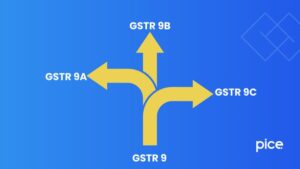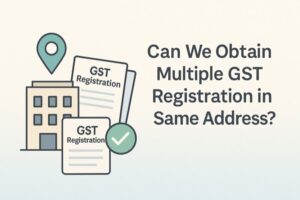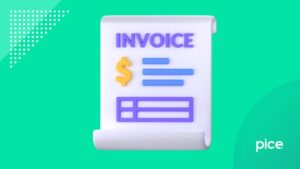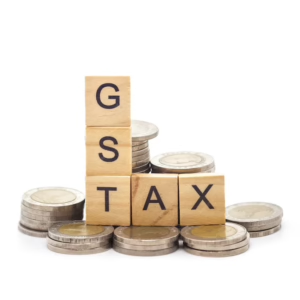e-Invoice Limit 5 Crore: Mandatory for Businesses Above ₹5 Crore
- 29 Oct 24
- 10 mins
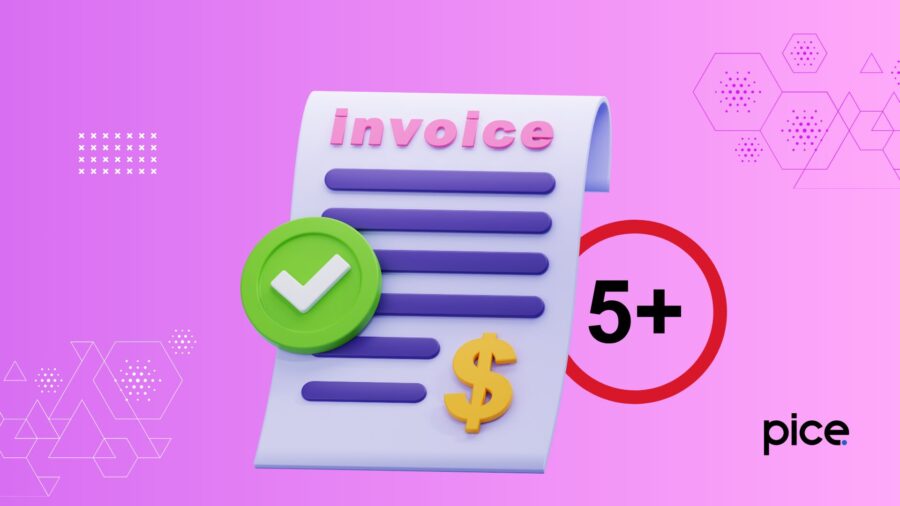
e-Invoice Limit 5 Crore: Mandatory for Businesses Above ₹5 Crore
Key Takeaways
- From August 1, 2023, e-invoicing is mandatory for businesses with turnover above ₹5 crore.
- E-invoicing streamlines compliance with automated GSTR-1 filing and error reduction.
- Compatible ERP systems are essential for seamless e-invoice generation and validation.
- E-invoicing aids transparency, enabling better tax tracking and curbing evasion.
- SEZ units, financial institutions, and certain exempt transactions are not required to use e-invoicing.
The e-invoice limit of ₹5 crore, as per Notification No. 10/2023–Central Tax, will be effective from August 1, 2023. This notification, issued on May 10, 2023, updates the previous Notification No. 13/2020–Central Tax, gradually extending the electronic invoicing system to more businesses. Now, businesses with a turnover exceeding ₹5 crore in any financial year since 2017-18 must comply with the e-invoicing rule.
The e-invoicing rule mandates that all B2B invoices be electronically uploaded and authenticated by the Invoice Registration Portal (IRP), generating a unique IRN and QR code. The supplier has to print the IRN and QR code on the invoice before issuing it to the buyer. This approach facilitates a smooth transition for businesses to the e-invoice system. It enhances business compliance and minimises errors in a business process.
What Is an e-Invoice Process?
For e-invoice generation, the invoice data must be created in the prescribed format (JSON) using business management software, ERP systems or the offline tool available on the portal. This data is then uploaded to the Invoice Registration Portal (IRP), which validates and authenticates it by providing an IRN and QR code.
Here is a step-by-step breakdown of the e-invoicing process:
Step 1: Create the e-invoice using business management software or the portal’s offline tool in the prescribed format.
Step 2: Upload the e-invoice to the IRP. If your billing software is integrated with the IRP through GSP, this process will be automated, and the required e-invoice details will be sent directly to the portal.
Step 3: The IRP will validate the essential e-invoice details. Once validated, the invoice will be authenticated, and an IRN and QR code will be assigned.
Step 4: Finally, download or receive the e-invoice file along with the IRN. You can then update your invoice with the IRN and QR code. If your ERP system is integrated with the IRP via GSP, these e-invoice details will be fetched and printed automatically.
What You Must Do After 1st August 2023?
As per the latest notification, every businessman whose transactions involve a value of more than ₹5 crores will have to electronically submit all B2B (Business to Business) and B2G (Businesses to Government Entities) invoices from August 1, 2023. They need to prepare e-invoices in the prescribed format and submit them to the Invoice Registration Portal (IRP).
The IRP will ensure the validity of invoice data and gain confirmation about the invoice reference number and the digital signature in the form of a QR code attached to the file. E-invoices are legal only when they bear an IRN and QR code validated by the IRP.
Since invoicing plays such a central role in businesses, it is vital to have business management software that allows for the creation of e-invoices while maintaining the current workflow. As all ERP or business management software connected to the IRP through the GSP already has the ability to generate the e-invoice, upload it or send it to the printer and instantly print the IRN and QR code, a change does not require serious adjustment to the business processes.
Business Preparedness for e-Invoicing in GST
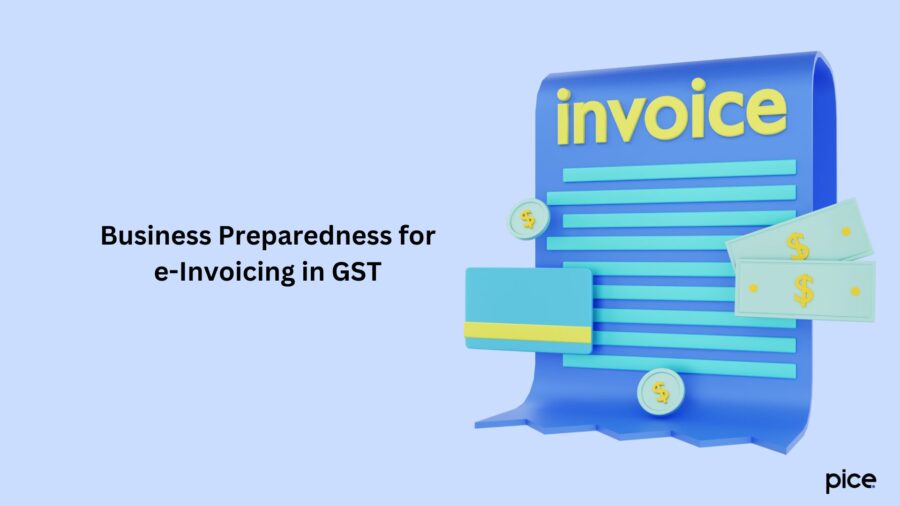
The effectiveness of the e-invoicing system largely relies on how well your accounting software or ERP system integrates with the IRP system. It is essential because an invoice is only considered valid if it contains IRN and QR code details, both of which must be authenticated by the IRP.
To ensure a smooth experience as a business owner, it is important that your accounting system is capable of generating e-invoice data in the prescribed format and can seamlessly interact with the IRP portal. This automates the process without manual intervention.
E-invoicing implementation begins with understanding its fundamental concepts and adapting to the new billing system. The next great step is to choose accounting software that is capable of producing e-invoice data in the correct format and also is compatible with the IRP system. This guarantees that the generation of electronic invoices for business transactions, as well as authentication of such an invoice, is fully automated, and does not require any action from a human being.
Who is Responsible for Issuing an e-Invoice?
The responsibility for issuing e-invoices depends on a business's aggregate annual turnover. If your business is registered under GST, you should determine if you need to issue e-invoices based on the following criteria:
- Turnover over ₹10 crore: If the current limit of your business exceeds ₹10 crores, you have to issue an e-invoice for all supplies made.
- Turnover over ₹5 crore: Starting from August 1, 2023, businesses with turnovers exceeding ₹5 crore must issue e-invoices for their supplies.
- Turnover based on PAN India: The aggregate turnover should be calculated across all GST registrations under the same PAN across India. If this exceeds ₹5 crore, you are required to issue e-invoices.
- Turnover in any financial year: The turnover in any of the financial years from 2017 onwards will be calculated: Once it crosses ₹5 crore, the company needs to conform to the e-invoicing requirements.
What Is the Current Threshold for e-Invoicing?
The current e-invoicing threshold is ₹10 crore. However, starting from August 1, 2023, this limit will be lowered to ₹5 crore. This means that taxpayers with an annual aggregate turnover exceeding ₹5 crore but below ₹10 crore will also need to start generating an IRN for their applicable transactions.
Is e-Invoicing Required for Businesses with a Turnover of ₹5 Crore?
Starting from August 1, 2023, businesses with a turnover limit of ₹5 crore or more must comply with the e-invoicing requirement. This system offers several advantages for businesses and the government, which are as follows:
- Simplified Reporting: With e-invoicing, business owners only need to upload the invoice details once, and the data automatically populates across various tax returns and forms.
- Effortless e-Way Bill Generation: Data entered in the invoice shall be used to carry forward part ‘A’ of the e-way bill, the details of which can be modified by the concerned business entities only insofar as the transporter details of the consignment are concerned.
- Automatic GSTR-1 Filing: Several B2B transactions occur, and the system stores all the transactional details that get auto-populated into the GSTR-1 return.
- Seamless Input Credit Verification: The legal e-invoice data is reflected in the inward supply register (GSTR-2A), which aids input credit verification and reduces errors.
- Easier Reconciliation: Buyers can reconcile the invoice data from the GST system with their purchase records, streamlining the acceptance or rejection of invoices.
- Curb Tax Evasion: The e-invoicing system generates a source of document trail for B2B transactions, enabling the government to link the input credit to the output tax and check GST evasion.
Who Qualifies for an e-Invoice in 2023?
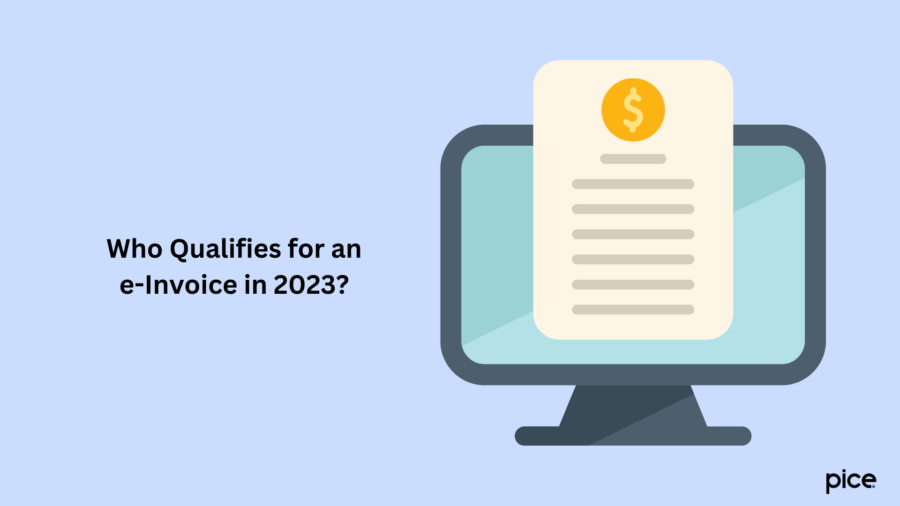
According to the latest guidelines from the Goods and Services Tax Network (GSTN), the following groups of taxpayers must generate and issue e-invoices in 2023:
- Taxpayers whose aggregate turnover exceeds ₹5 crore in any financial year starting from 2017-18 onwards.
- Business units involved in the export of goods or services.
- Taxpayers who are required to deduct tax at source (TDS) under GST rules.
- Entities supplying goods or services on behalf of other registered persons, also known as 'Input Service Distributors.'
- Domestic Tariff Area (DTA) units that meet the necessary GST criteria must ensure compliant accounting.
These categories must adhere to the e-invoicing system for their transactions.
While an e-invoicing system is generally associated with invoices, it also extends to other key documents that must be uploaded on the GST portal, such as:
- Tax Invoices: These are issued by applicable businesses for the sale of goods or services.
- Debit Notes: Issued to indicate an increase in the payable amount or a reduction in tax liability.
- Credit Notes: These documents show a reduction in the payable amount or an increase in tax liability.
- Invoice-cum-Bill of Supply: In specific cases, businesses may issue a document that serves both as an invoice and a bill of supply, especially for exempt or non-GST supplies under the composition scheme.
The following documents, transactions, and businesses do not comply with e-invoicing:
- Transactions involving exempt goods or services, where a bill of supply is issued instead of a tax invoice, are not subject to e-invoicing.
- Invoices related to the import of goods or services are excluded from the e-invoicing system.
- Invoices generated by banking companies, insurers, and financial institutions are not required to follow e-invoicing rules.
- E-invoicing does not apply to invoicing for job work, where goods are processed or treated by a third party.
- Invoicing related to the exhibition of films in multiplexes is exempt from e-invoicing requirements.
- Non-Banking Financial Companies (NBFCs) or B2C companies are not required to issue e-invoices.
- Invoices issued by goods and passenger transport agencies are not subject to e-invoicing.
- Businesses operating in Special Economic Zone (SEZ) Units are excluded from the e-invoicing system.
- Government entities are not obligated to generate e-invoices.
4. Which Businesses are Required to Generate an e-Invoice?
As per CBIC notifications, most businesses have to generate e-invoices. Previously, a business with turnover of ₹10 crore or more had to generate an e-invoice mandatorily. However, from August 1, 2023, for businesses with an annual turnover of more than ₹5 crore, the e-invoicing system is a mandatory implementation.
Conclusion
Overall, e-invoicing is now mandatory for businesses with a turnover exceeding ₹5 crore, starting August 1, 2023. Ensure your business is ready by integrating appropriate bulk invoicing software that can generate, upload and validate an e-invoice limit of ₹5 crore seamlessly.
This will not only streamline the compliance journey but also enhance overall business efficiency.
💡If you want to streamline your payment and make GST payments, consider using the PICE App. Explore the PICE App today and take your business to new heights.
 By
By 






